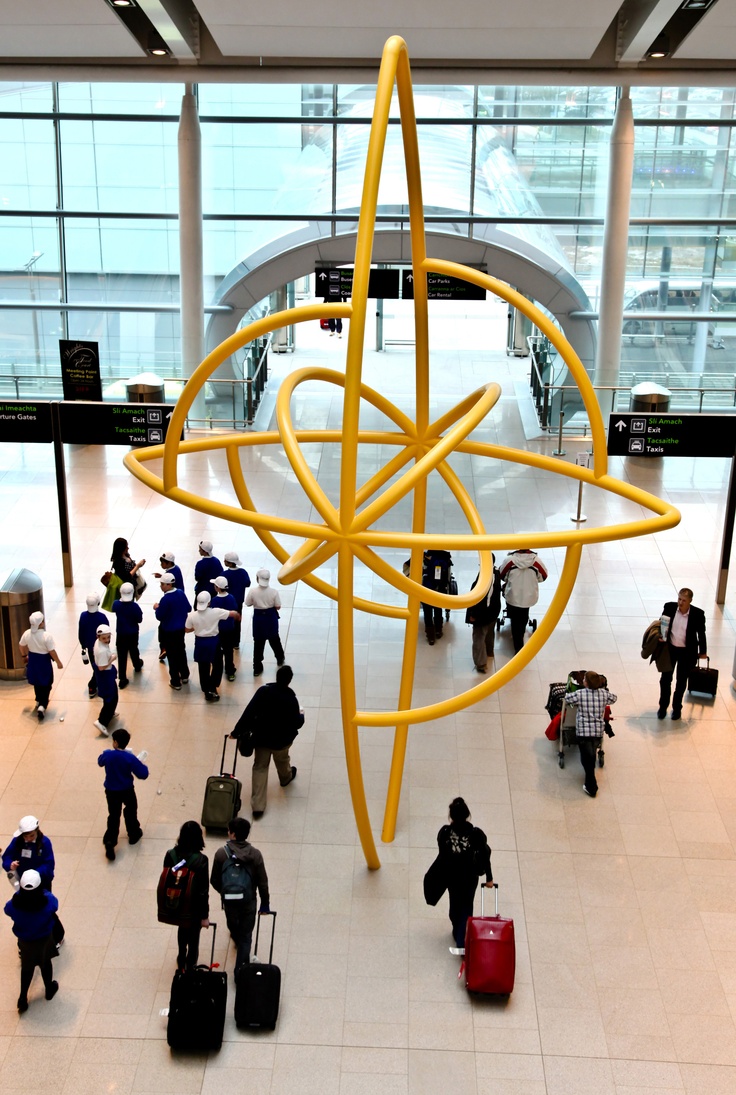
Bernardi Roig
NO/Escape
Mallorcan artist Bernardi Roig (b. 1965) installs six sculptural works in unexpected interior and exterior spaces, challenging visitors to rethink the definition of the museum. Roig draws parallels between his and Honoré Daumier’s works, both of which offer poignant social commentary. Roig addresses the existential dualities of entrapment and liberation, blinding and illumination, absence and presence. Typical of the artist’s work are the cruel-looking white plaster figures cast from real people, often cornered or crushed against walls or twisting in pain. By including the element of light—whether a single light bulb, neon tubes, or fluorescent lights—Roig’s work blends minimalist forms with highly charged expressions of anxiety and loneliness.









